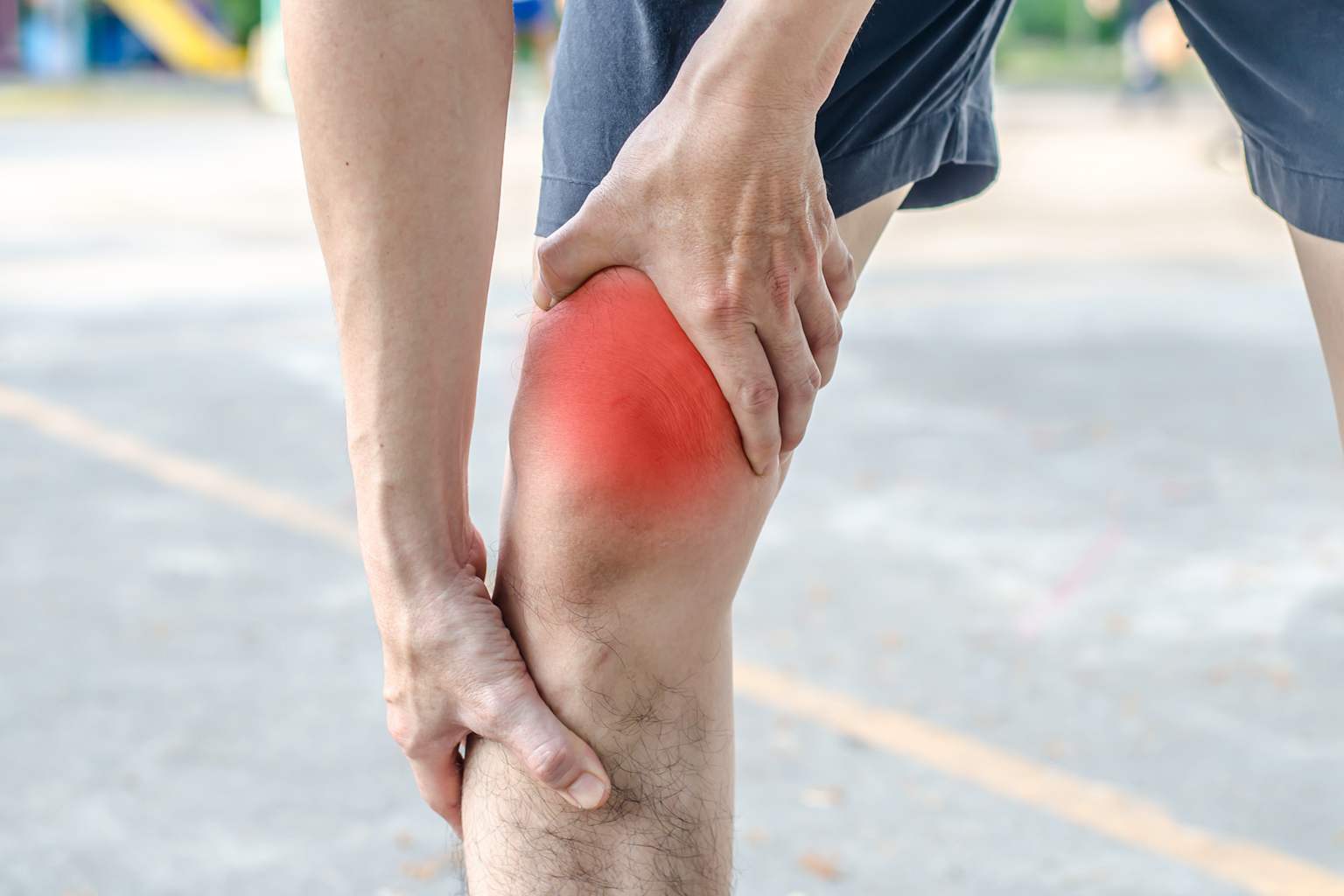Millions of people suffering from knee osteoarthritis face persistent pain and stiffness daily, often searching for relief beyond medication. Could simple, accessible treatments like warm water therapy and knee braces actually outperform high-tech approaches? A groundbreaking study led by Yuan Luo at the First People’s Hospital in Zhejiang, China, reveals just that.
This extensive analysis sheds light on the effectiveness of various non-pharmacological treatments for knee osteoarthritis (KOA), a widespread and debilitating condition affecting older adults worldwide. The quest for safer, affordable pain relief options has found promising answers in straightforward therapies.
Simple treatments beat advanced techniques for knee pain relief
The research, which reviewed 139 clinical trials involving nearly 10,000 participants, compared 12 types of non-drug interventions. These included laser therapy, electrical stimulation, knee braces, medical insoles, kinesiology tape, water therapy, exercise, and ultrasound therapy.
By using a network meta-analysis to weave together data from multiple studies, the researchers ranked treatments by their effectiveness in reducing pain, improving mobility, and decreasing stiffness.
Their findings might surprise many: knee braces came out on top, providing the most significant relief in pain reduction and improving functional ability. Following closely, water therapy—exercising in warm water—proved especially beneficial at easing pain, likely due to buoyancy reducing joint stress.
Regular exercise consistently showed positive effects in controlling pain and boosting physical function. On the other hand, treatments such as high-intensity laser therapy and shockwave therapy offered limited benefits. Ultrasound therapy ranked lowest in effectiveness.
Why simple, safe treatments deserve more attention
Why do simple methods like braces and warm water exercise outperform fancy technologies? One reason may be their focus on supporting and strengthening the joint without invasive procedures or side effects. For millions wary of the adverse risks linked to anti-inflammatory drugs—like stomach or heart issues—these alternatives offer a safer path.
The study authors acknowledged that differences in study designs, small sample sizes, and variations in treatment duration could influence the precise comparisons. Still, the overarching message is clear: physical therapies hold immense promise as low-cost, low-risk options for KOA management.
Clinical guidelines should prioritize these straightforward treatments that are easier to access and apply daily. Knee braces, for example, provide mechanical support that helps align and stabilize joints during movement—a simple aid that can make a huge difference.
Exercising in warm water, meanwhile, combines physical activity with the soothing effects of hydrotherapy. This practice reduces joint load and pain while allowing controlled strengthening, which many patients find encouraging and manageable.
Personal reflections and practical takeaways for knee health
Reflecting on my own experience with knee discomfort after long hikes, I found that wearing a supportive brace and doing gentle stretches in a warm bath relieved my aches more effectively than many over-the-counter pills I tried. It’s empowering to realize that these accessible solutions could hold real healing power without complicated machines or medications.
If you or a loved one suffer from chronic knee pain, consider giving these simple treatments a chance. Would you be open to trying a knee brace or warm water exercises before exploring more expensive high-tech options?
The implications for healthcare costs and quality of life are enormous. Safe, affordable, and effective strategies like these can turn the tide for many who have felt trapped by pain.
Have you ever tried braces, water therapy, or similar methods for knee arthritis? What was your experience? Let’s share stories and tips to help more people discover relief that truly works.
Your thoughts and questions are welcome—join the conversation below and share this article if you know someone who might benefit from these insights!
